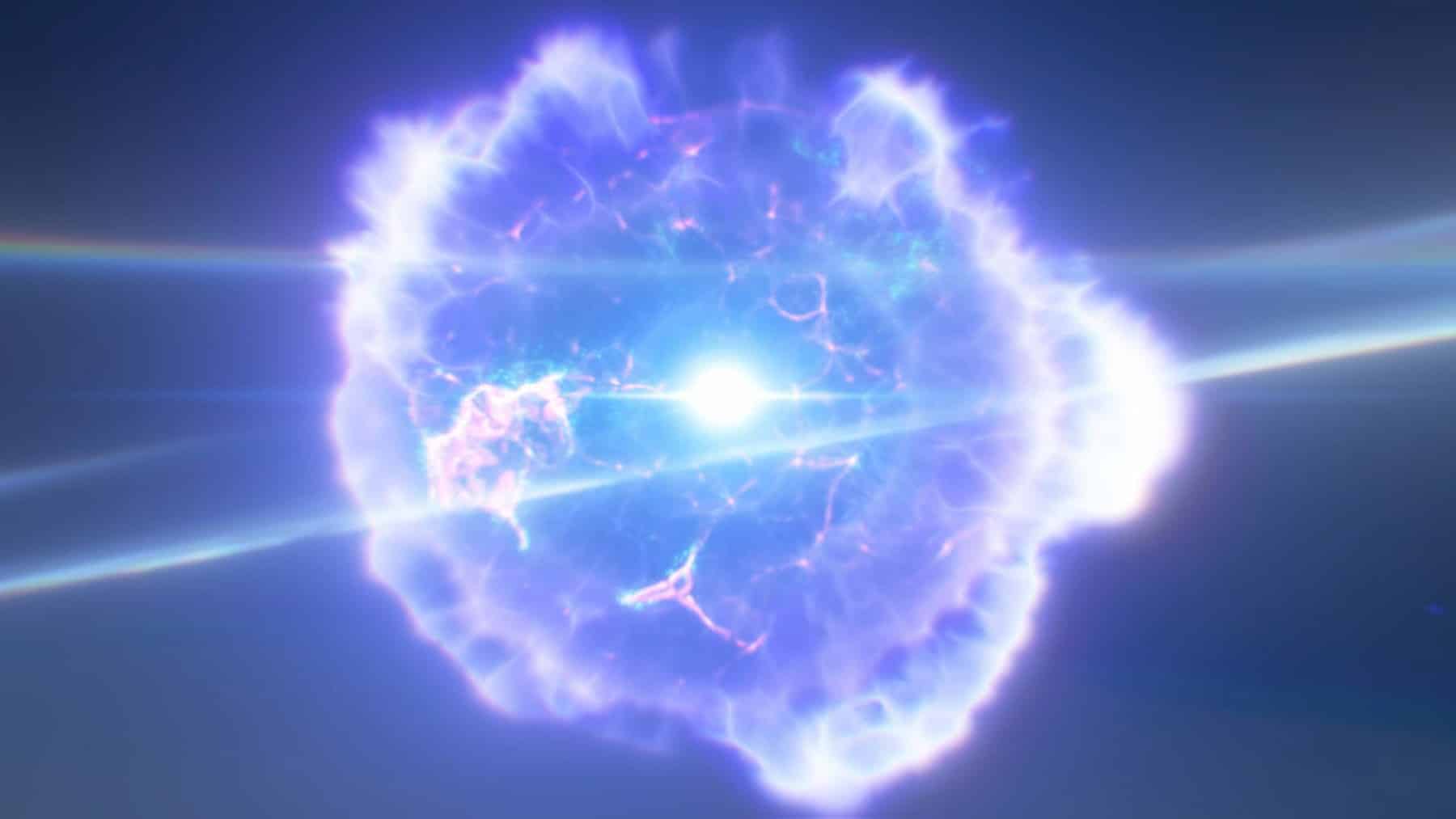Revolutionizing Hydrogen and Nitrogen Fusion: Promising Breakthroughs with Potential Consequences
Key Ideas
- UIC researchers developed a groundbreaking fusion process between hydrogen and nitrogen that enhances ammonia and hydrogen fuel production efficiency.
- Innovative methods using solar power and agricultural waste significantly reduce energy consumption for hydrogen extraction.
- The lithium-mediated ammonia synthesis methodology introduced by UIC engineers offers a cleaner and cost-effective production process.
- The new technology allows for ammonia to be utilized as a carrier of hydrogen fuel, presenting a safer and more affordable method for hydrogen transport.
Researchers at the University of Illinois, Chicago (UIC) have made a monumental breakthrough in the fusion of hydrogen and nitrogen, which shows great promise in revolutionizing the production of ammonia and hydrogen fuel. By implementing a fusion process that combines hydrogen and nitrogen, UIC engineers have developed innovative methods for hydrogen production using solar power and agricultural waste. This technique not only significantly reduces energy consumption for hydrogen extraction but also enhances sustainability by utilizing biochar obtained from agricultural waste.
The results of tests demonstrate that this method can efficiently produce nearly 35% hydrogen from biochar with the help of solar energy, all while consuming minimal electrical power. Furthermore, the integration of carbon capture systems ensures that the generated carbon dioxide can be repurposed for various applications, such as beverage carbonation and plastic manufacturing.
Additionally, UIC engineers have introduced a lithium-mediated ammonia synthesis methodology to eliminate hazardous effects from traditional ammonia production processes. This new approach operates at low temperatures under regenerative conditions and proves to be cost-effective, producing ammonia at a significantly lower cost than previous methods.
Moreover, the advancements in ammonia production provide a potential solution for utilizing ammonia as a carrier for hydrogen fuel, making hydrogen transport more affordable and safer. This innovation not only facilitates environmentally friendly ammonia production but also streamlines the distribution of hydrogen fuel, reducing overall carbon emissions.
While the breakthroughs in hydrogen and nitrogen fusion offer numerous benefits, including lower carbon emissions and increased sustainability, there are concerns about potential negative environmental impacts. Proper management and strategic planning are essential to mitigate these risks. The widespread adoption of these new methods may disrupt established economic sectors, requiring thorough assessments and strategies to support affected communities.
In conclusion, UIC's achievements in hydrogen and nitrogen fusion have paved the way for significant advancements in ammonia and hydrogen production. While the innovations hold immense promise for environmental and economic benefits, addressing the potential consequences and implementing effective mitigation strategies are crucial for their successful integration.
Topics
Production
Environmental Impact
Innovation
Sustainability
Clean Technology
Energy Production
Economic Disruption
Latest News
